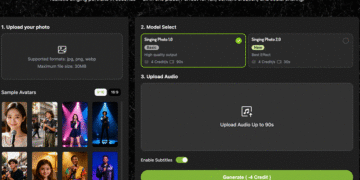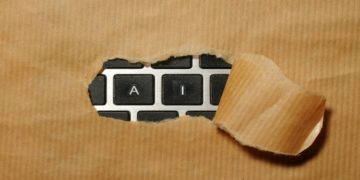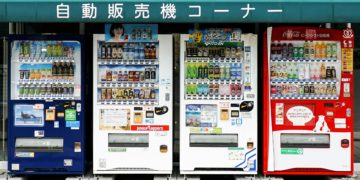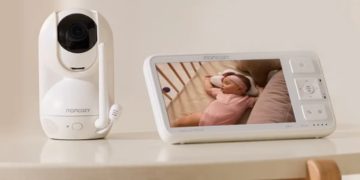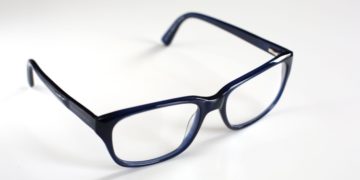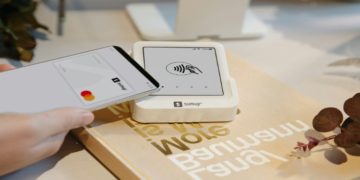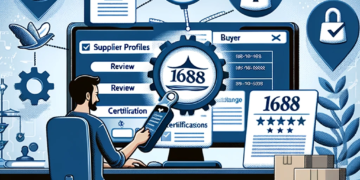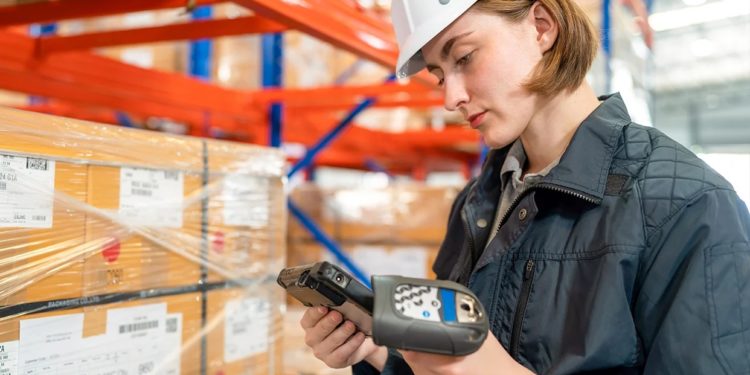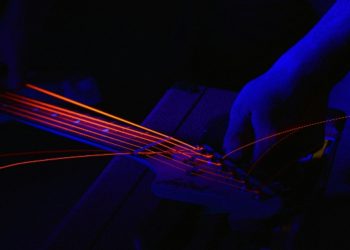Invisible, Yet Everywhere: How RFID Labels Quietly Do the Heavy Lifting
If there’s one piece of technology that’s doing a whole lot behind the scenes—but rarely gets the spotlight—it’s the humble RFID label. These tiny marvels are showing up in all the right places, quietly changing how labs, clinics, warehouses, and even libraries handle information, manage inventory, and prevent mistakes. It might not be flashy, but the way RFID tags function almost feels like magic—except it’s very much rooted in cutting-edge engineering.
What’s fascinating about RFID labels is how they sidestep many of the limitations of traditional barcodes. Where a barcode scanner needs to “see” the label, RFID just needs to be in the same general space. No precise angling, no line-of-sight requirements. RFID tags send out signals in all directions, so they can be detected from inches to several feet away—even if they’re tucked inside a box or wrapped around a curved bottle. It’s like whispering into a crowded room and still being heard by the right person, clearly and instantly.
That omnidirectional range gives RFID labeling the freedom to go where barcodes fear to tread. Inside packaging, beneath insulation, or stuck to oddly shaped surfaces—RFID doesn’t flinch. This ability to be read even when hidden means fewer labels go missing, and fewer tracking errors happen as a result. That kind of quiet reliability is worth its weight in gold, especially when stakes are high.
More Than Just a Tag: It’s a Data Vault
There’s something particularly clever about the way RFID smart labels handle information. Unlike the black-and-white simplicity of a barcode, which holds a handful of characters at best, RFID tags are basically mini memory banks. They can be encoded with layers of data—patient ID numbers, timestamps, sample descriptions, even environmental conditions—and that data can be encrypted and physically shielded for extra security. Think of it as a tiny fortress of information riding on the back of a vial or shipping carton.
And here’s where things get even more practical. RFID thermal labels can be printed just like standard labels using thermal-transfer printers. That means teams don’t need to overhaul their entire labeling infrastructure. RFID can slide right into an existing setup, working alongside barcodes, not against them. Text and barcodes are visible on the outside, while the RFID inlay does its work invisibly in the background. It’s an elegant blend of old and new, analog and digital, simple and smart.
Smaller, Stronger, and Surprisingly Adaptable
A lot of people imagine RFID tags as bulky chips, but that’s not the case anymore. Most RFID smart labels now come with passive inlays, meaning they don’t need a battery to transmit data. This not only keeps the label slim and light—it makes it incredibly flexible. Picture something the size of a postage stamp that can still hold and broadcast vital data, without any active power source. It’s science fiction-level functionality packed into a low-profile form.
Because the inlays are bendable, they can be applied to curved objects, like test tubes or small vials, without peeling or cracking. That kind of adaptability opens up a lot of doors in the healthcare and biotech industries, where labeling curved surfaces is practically a daily task. These labels are designed to stay put, to stay functional, and to do their job without drawing attention.
How Healthcare Benefits Without Breaking Routine
When handling patient samples or biological materials, accuracy isn’t a preference—it’s a non-negotiable. And this is where RFID labeling steps into the spotlight. By assigning a unique, encoded identity to each sample, RFID tags help reduce the chances of misidentification. That means fewer errors, safer diagnoses, and smoother handoffs between departments.
What’s especially helpful is that RFID systems can track items in real time. So if a blood sample moves from collection to cold storage, the system knows. If it’s removed for testing, it registers that too. The result is a clear, time-stamped digital trail that follows each item throughout its lifecycle. That kind of visibility doesn’t just save time—it builds trust, both within the organization and for the patients who rely on it.
RFID can even be programmed to send alerts when critical thresholds are met. If a sample’s been sitting too long, or if something gets misplaced, staff can be notified before a problem becomes a crisis. And that kind of safety net is priceless in environments where minutes matter.
Laboratories, Streamlined and Smarter
It’s not just the clinical side of healthcare that benefits from RFID. Research labs are getting a serious upgrade from this tech as well. With RFID-enabled sample tracking, scientists can instantly locate and account for materials in their freezers, cabinets, or incubators—without opening anything. That means faster inventory checks, less manual data entry, and more time spent actually running experiments.
Plus, RFID smart labels aren’t limited to biological samples. They’re used to tag everything from reagents to hazardous waste containers. Each item becomes part of a connected system, making it easier to spot anomalies, prevent cross-contamination, and follow protocols without extra paperwork.
And because the labels work in tandem with software platforms, updates and status changes can be logged automatically. This speeds up routine tasks like sample logging and asset auditing, which otherwise eat up hours of valuable time. For any lab looking to tighten operations without hiring extra hands, RFID quietly fills the gap.
Beyond the Lab: A World of Possibilities
While healthcare and labs are natural fits for RFID, these labels are branching out fast. Libraries use them to track books. Warehouses rely on them to manage shipments. High-end retailers tag merchandise to guard against theft. The same principles apply across industries—fast identification, secure tracking, and reliable data, all built into something no bigger than a sticker.
Even event organizers and museums have started using RFID to monitor equipment, control access, and enhance visitor experiences. It’s a smart, silent infrastructure that keeps things running smoothly without demanding constant attention. That’s the real beauty of RFID: it does a lot, says very little, and rarely lets anyone down.
Smart Labels, Smarter Decisions
At the end of the day, RFID labels and tags aren’t about looking high-tech. They’re about making life easier, reducing errors, and adding a level of precision to everyday processes. Whether applied to a vial of blood, a research sample, or a shipping crate, these labels do more than identify—they connect, protect, and inform.
If it ever seemed like a label was just a label, RFID is proof that even the smallest tools can make a massive difference. All it takes is the right blend of smart design and seamless integration—and suddenly, those behind-the-scenes systems start to shine.




